How to Experience Village Life in the Philippines
Away from the popular luxury resorts of Palawan in the west of the country, there's another, more authentic, side to the islands. Nomad Sarah shares how to experience rural life in the Philippines and get to know the local culture.
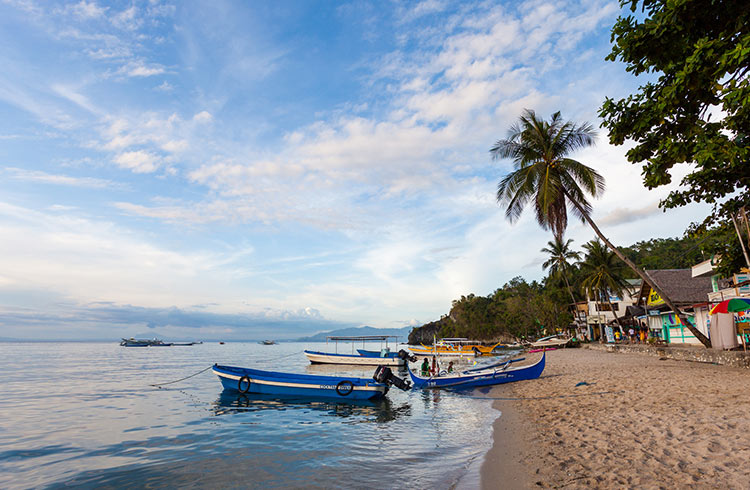 Photo © iStock.com/Holgs
Photo © iStock.com/Holgs
The rural communities scattered across the Bacuit Archipelago and Calamian Islands offer intrepid travelers a glimpse of authentic island life.
Sailing between Filipino villages
While the crowds head for the popular Coron Island and El Nido (on Palawan Island), in the west of the Philippines, between these two busy hotspots, lie hundreds of other islands. Free of souvenir shops and resorts, these unspoiled islands offer empty beaches and can be visited aboard a traditional
A handful of companies offer island-hopping expeditions, but there are daily departures and they can be booked online or in a local tour office. While you can charter a boat independently, arranging a tour with a local crew and guide gives you intimate access to the villages where they live; the people you meet are the crew’s families, and the homes you visit are theirs. The communities do not have the infrastructure to support large-scale tourism, so visiting the remote villages in this way is sustainable.
Once on board, you’ll sail by dramatic islands that look like green mountains submerged in the sea, with only their steep tops rising above the water. The boats stop at pristine snorkeling spots and idyllic beaches and overnight you sleep ashore in rural villages or in comfortable huts at isolated beach camps.
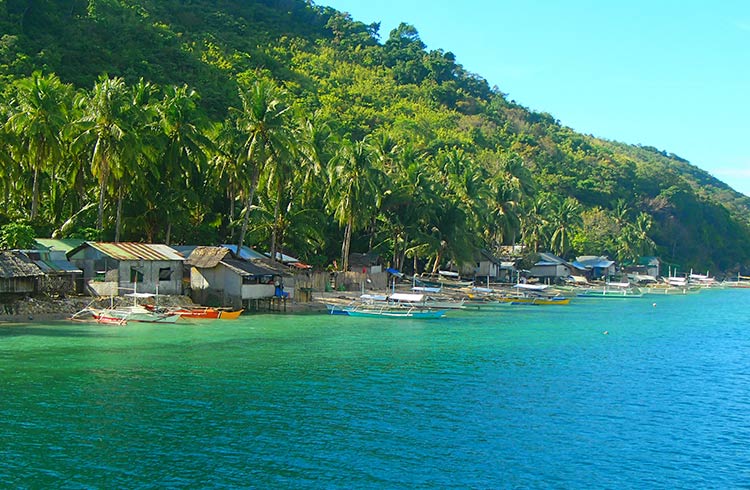
Village life
In Barangay Lajala on Uson island, nearly everyone in the village is related and they live in modest bamboo homes. They perpetually battle typhoon damage and the cost of rebuilding, so many homes are sparsely furnished. Though the homes are small, they house multiple generations in a traditionally patriarchal manner, with women taking care of the children and home, while men leave the village to work, most commonly as fishermen.
Fishing is grueling work; the men are often away for days at a time or risk their lives setting underwater traps using makeshift scuba diving equipment.
As with the rest of the Philippines, these communities are deeply Christian. Religious festivals occur year-round and provide a perfect reason to enjoy one of Filipinos’ greatest pleasures – eating.
Food
Locals grow, catch, or barter for most of their food with neighboring villages. The most common dish in the Philippines is adobo (rice with sauce, pork or chicken). Fresh fish and other seafood are also prevalent in the island villages, served with rice and bananas. Purple rice is particularly popular, referred to by locals as “Filipino Power”, due to its high nutritional value, derived from the same flavonoids that give blueberries their color.
On special occasions, such as religious festivals, birthdays, weddings or holidays, locals roast a whole
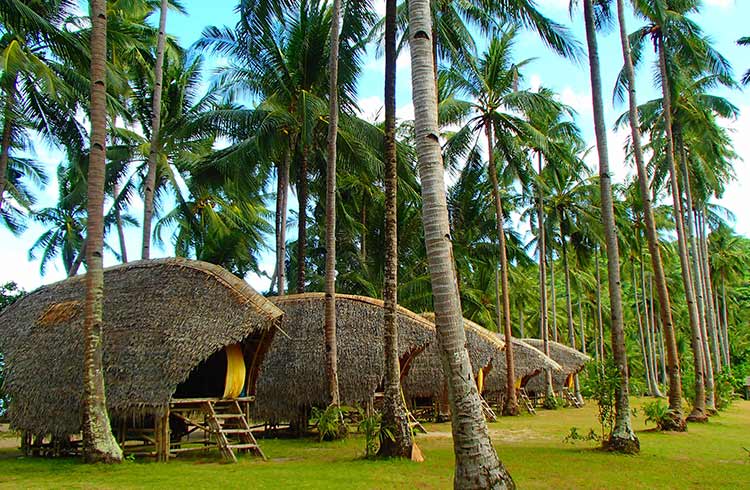
Local interactions
Locals are welcoming to visitors. You may find yourself bartering with a fisherman for his fresh catch, or playing basketball with the young men – even the smallest villages have a court. That said, the villager’s daily routines are busy, and they may not pay much attention to you at all.
Locals do not speak much English, and, unless you speak Tagalog, expect to communicate via the universal languages of smiles, food, and gestures.
Village etiquette
Even small villages, like Barangay Lajala, have a karaoke bar. Regardless of the quality of the singing, never laugh or speak poorly of anyone’s performance.
Filipinos are slow to anger, and visitors should be, too. If you bring your own expectations to their pace of life, you may become frustrated by “island time”. Relax and enjoy the opportunity to be a part of this beautiful world.
Related articles
Simple and flexible travel insurance
You can buy at home or while traveling, and claim online from anywhere in the world. With 150+ adventure activities covered and 24/7 emergency assistance.
Get a quote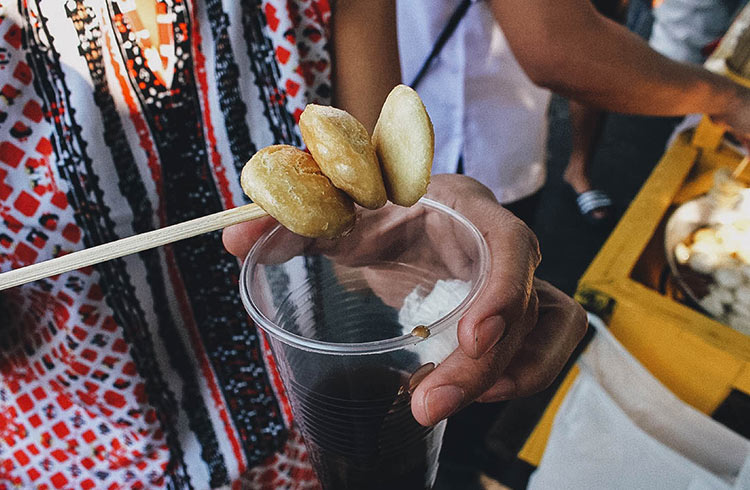
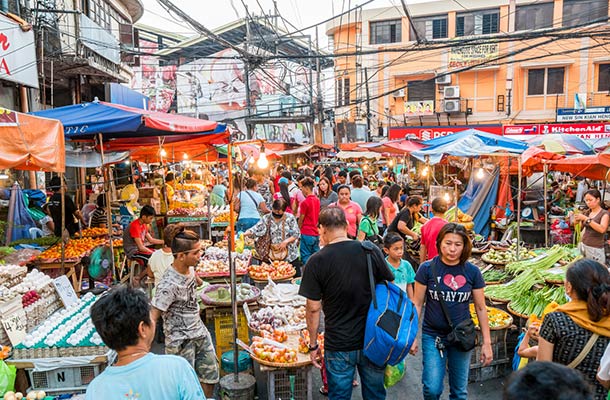
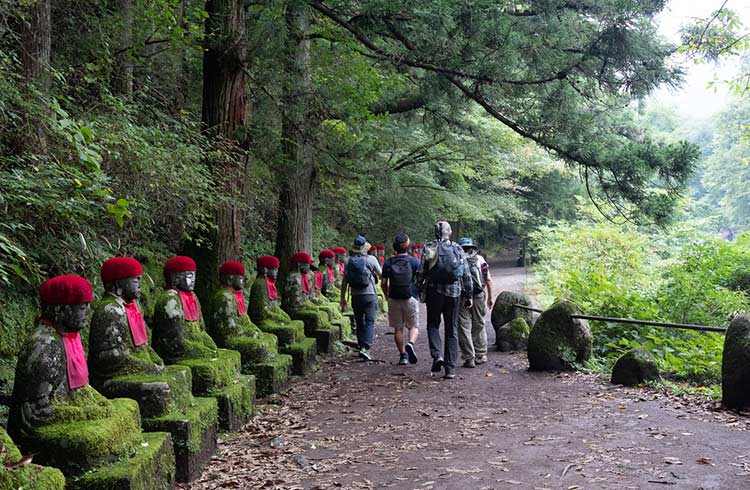
2 Comments
PALAWAN actually sucks BIG time...it is dirty, the beaches crappy and the people thinks its beautiful - it aint!
I love Philippine and their cultures. I will travel to the Philippine especially the remote parts, lovely